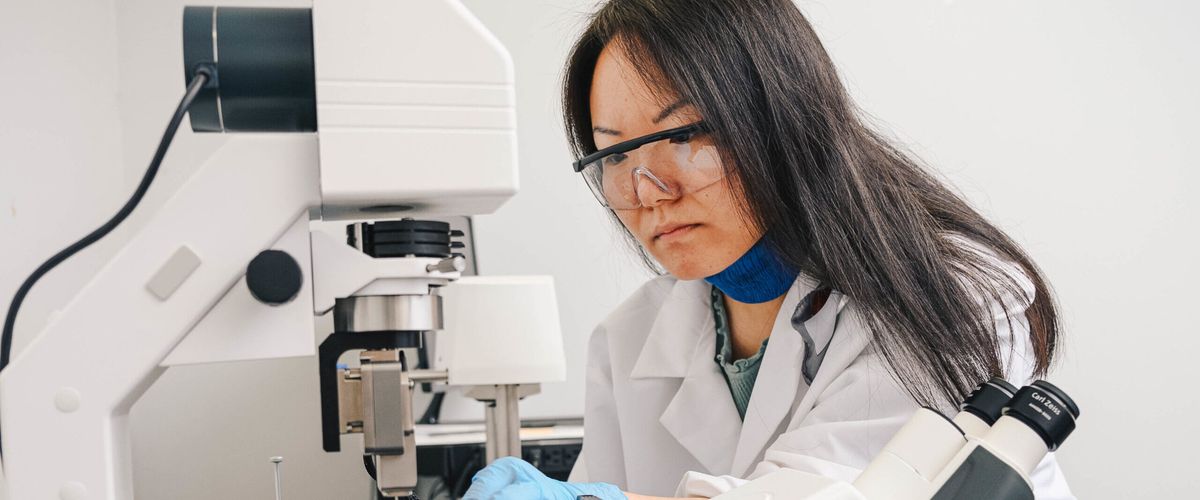To achieve the grand vision of creating functional heart tissue, CELL-MET implemented a research approach with two key phases:
- Phase One: Technology-Focused Thrust Areas
- Phase Two: Integrated Engineering (Goals and Testbeds)
Phase One efforts focus on developing a number of technologies critical to engineering heart tissue. During this phase, on the team assesses their performance and identifying which are most promising.

Phase Two focuses on Integrated Engineering. Using integrated Systems Engineering approaches, the data gathered during phase one was used to determine how to best combine the technologies developed within Thrust Areas in service of meeting our ultimate goal: create functional, clinically significant heart tissue.
We have set out to achieve three technical Integrated Engineering Goals (IEGs):
IEG 1: Cardiac Microbundles
Create advanced microscale cardiac muscle tissue strips, or cardiac microbundles, that look and act like real heart tissue. These will be used to (a) test drugs and study heart disease in the lab and (b) accomplish goal 2 below. Engineer advanced cardiac microbundles that exhibit maturity and reflect the structural, metabolic, and electromechanical attributes of adult human heart tissues to serve as 1) in vitro models of human heart tissue and 2) micro-scale building blocks for 3D bioprinting of larger cardiac patches.
IEG 2: Cardiac Patches
Use cardiac microbundles, along with other technologies, as building blocks to assemble large scale cardiac tissue patches. As the microbundles are joined, they must be (a) vascularized to effectively distribute blood and nutrients and (b) aligned carefully so that the tissue sends signals and contracts like real heart tissue. Build large-scale cardiac tissue patches, using a combination of microbundle 3D printing and nanoscaffolding templates (NanoTemplated BioBlock Printing) to achieve the cellular alignment and electromechanical metrics of adult heart tissue. This goal will not be possible without an additional major effort – also underway at our center – to build the functional vasculature that is key for keeping these larger tissues nourished, also using a combination of 3D printing and nanoscaffolds.
IEG 3: Measurement Tech. and Benchmarking
Explore how the cardiac microbundles and tissue patches function as they are exposed to more complex environments and stimuli that occur naturally within the human body. Testbeds will also explore largescale manufacturing logistics. Assess progress of the two Integrated Engineering Goals; key metrics include stability ex vivo, biomimetic ultrastructure, functional response, response to adrenergic agonists, and reproducibility of manufacturing using Standard Operating Procedures.

